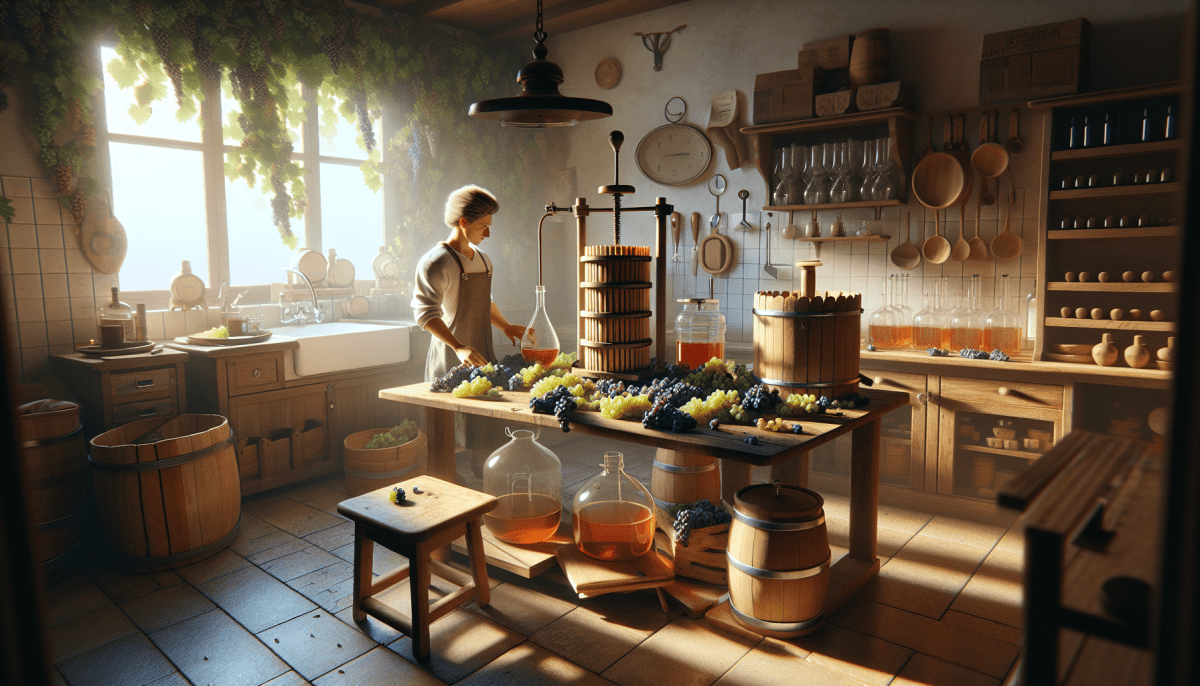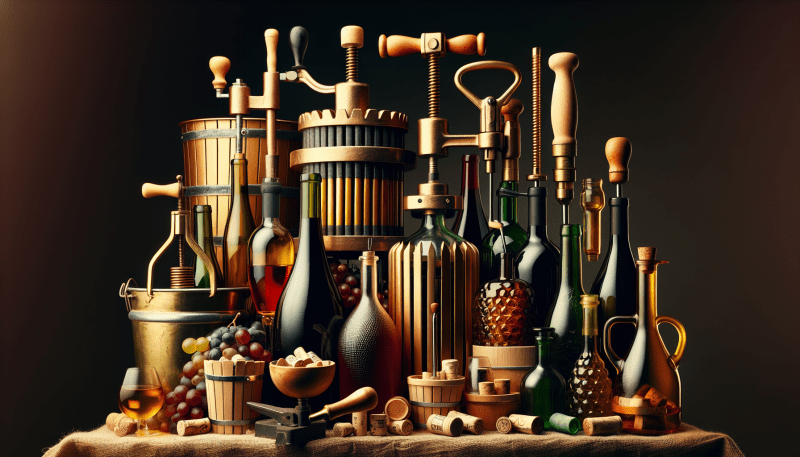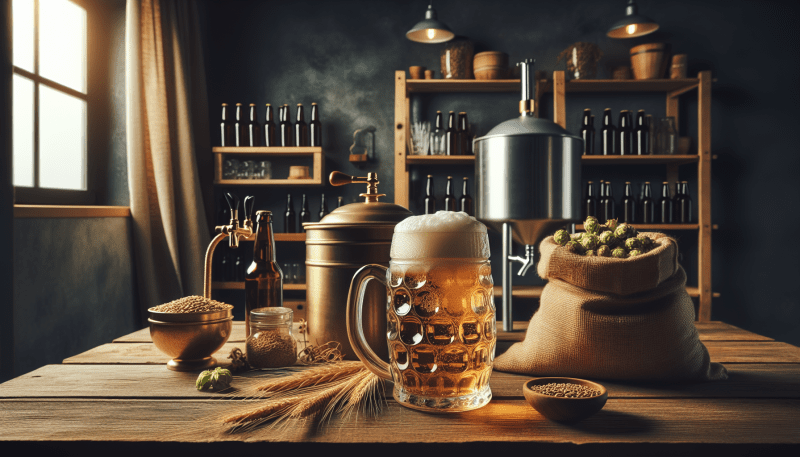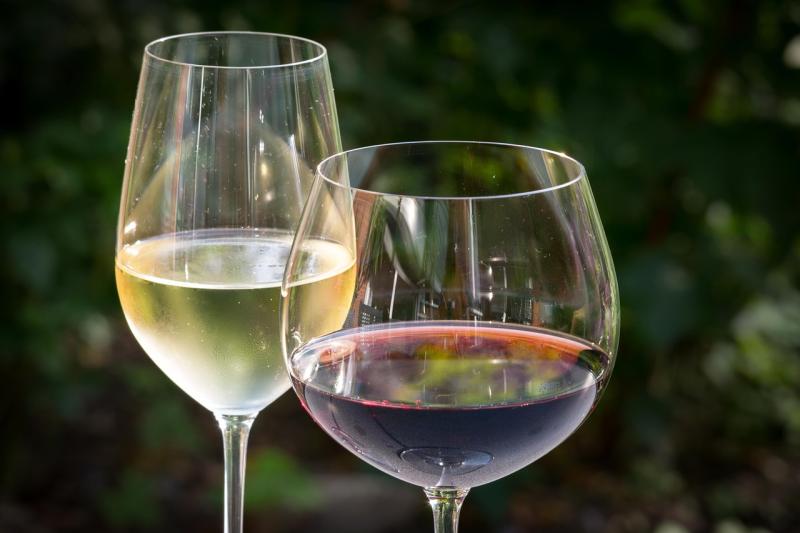Creating delicious homemade wine is a rewarding process that starts with the right ingredients. At the heart of every great wine are three essential components: fruit, sugar, and water. Let's explore each of these ingredients in more detail.
First and foremost, fruit is the star of the show. Different fruits contribute unique flavors and aromas to the wine. While grapes are the traditional choice, you can experiment with a variety of fruits such as apples, peaches, or berries. When selecting your fruit, aim for ripe and fresh produce, as it will enhance the final taste of your wine.
Next up is sugar, which is crucial for fermentation. Sugar feeds the yeast, turning it into alcohol and creating the body of your wine. You can use natural sugars found in the fruit itself or add additional sugars like cane sugar or honey to achieve the desired sweetness. Keep in mind that the amount of sugar you use will affect both the alcohol content and the flavor profile of your wine.
Finally, water plays an important role in the winemaking process. It helps to dilute the mixture to the right consistency and balance out the flavors. Using clean, filtered water will ensure that any impurities don’t interfere with the fermentation process. Remember, the quality of water can significantly impact your homemade wine, so it's worth taking the time to choose the best option.
With these essential ingredients at your disposal, you're well on your way to crafting your own unique wine at home. Experimenting with different combinations of fruit, sugar, and water can lead to delightful discoveries and tailor-made flavors that suit your palate.
Step-by-Step Winemaking Process
Winemaking at home might seem daunting, but it's a straightforward process! You'll start by gathering your ingredients and equipment. The essentials include fresh grapes or fruit, sugar, yeast, and a few key tools like a fermentation vessel, airlock, and bottles. Remember, the quality of your ingredients will directly affect the taste of your wine, so choose wisely!
Next, you’ll need to crush your fruit to release the juice. If you’re using grapes, you can stomp them barefoot or use a crusher. After crushing, transfer the mixture to your fermentation vessel and add the yeast. This is where the magic begins! The yeast will consume the sugars in the juice and start the fermentation process, converting those sugars into alcohol and carbon dioxide.
During fermentation, it’s essential to monitor your wine. Keep it in a dark, cool place and check the airlock frequently to ensure it's bubbling away. This bubbling signals that fermentation is happening. After about one to two weeks, you'll notice that fermentation has slowed down, and it's time to siphon your wine into another clean container to age. This step helps to separate the wine from the solid remnants of the fruit.
Finally, you’ll allow your wine to age for a few weeks to several months, depending on your preference. Once it’s reached the desired flavor, you can bottle it up. Be sure to clean and sanitize your bottles before pouring in the wine. Seal them tightly, and store your bottles in a cool, dark place. After a few more weeks of patience, your homemade wine will be ready to enjoy!
Common Mistakes to Avoid
When embarking on the exciting journey of crafting your own wine at home, it’s easy to make some common mistakes that can affect the quality of your final product. One of the most frequent errors is using inadequate sanitization. Wine-making involves fermentation, which can easily be contaminated by unwanted bacteria or wild yeast. Always ensure that all equipment, including bottles, fermentation vessels, and utensils, are thoroughly cleaned and sanitized before use.
Another common pitfall is failing to monitor the fermentation process. It’s crucial to keep an eye on the fermentation temperature, as drastic fluctuations can lead to off-flavors. Additionally, neglecting to take regular readings with a hydrometer can prevent you from understanding how your wine is progressing. Keep a journal of your observations, so you can adjust your methods as needed and replicate your success in the future.
Lastly, patience is key in wine-making, yet many beginners rush the aging process. While it might be tempting to bottle your wine as soon as fermentation is complete, it’s essential to let your wine mature. Aging enhances flavor and complexity, leading to a more enjoyable drinking experience. Resist the urge to taste too soon; good wine takes time, so give it the respect it deserves.
Storing and Enjoying Your Wine
Once you've crafted your own wine, it's time to focus on storing and enjoying it. Proper storage is crucial to preserving the flavors and aromas you've worked so hard to create. Ideally, wine should be stored in a cool, dark place with a consistent temperature between 50°F and 60°F (10°C to 15°C). Keeping your bottles standing upright can lead to dried-out corks, so it's best to lay them on their sides. This way, the wine stays in contact with the cork, keeping it moist and ensuring a tight seal.
Humidity also plays a role in wine storage. A relative humidity between 50% to 80% is ideal, as it helps maintain the integrity of the cork. If you live in a dry climate, you might consider investing in a wine fridge or even a simple humidifier. Make sure to keep your wine away from light, especially direct sunlight, which can degrade its quality over time. A dark cupboard or a wine cellar can serve as the perfect sanctuary for your bottles.
When it comes time to enjoy your homemade wine, take a moment to appreciate all the effort you've put into creating it. Serve it at the right temperature—white wines are generally best chilled, while reds can be enjoyed at room temperature. Pour the wine into a glass to allow it to breathe and open up its bouquet. Swirl the wine gently and take a moment to inhale its aromas before taking a sip. This enhances your tasting experience and allows you to truly savor the unique flavors you’ve crafted.
Finally, don’t forget the joy of pairing your wine with food. Experiment with different dishes to find the perfect accompaniment that complements the flavors of your wine. Whether you’re enjoying a fine dinner or a casual gathering with friends, sharing your homemade creation is one of the most rewarding aspects of winemaking. So uncork a bottle, share a toast, and relish in the satisfaction of your hard work!



